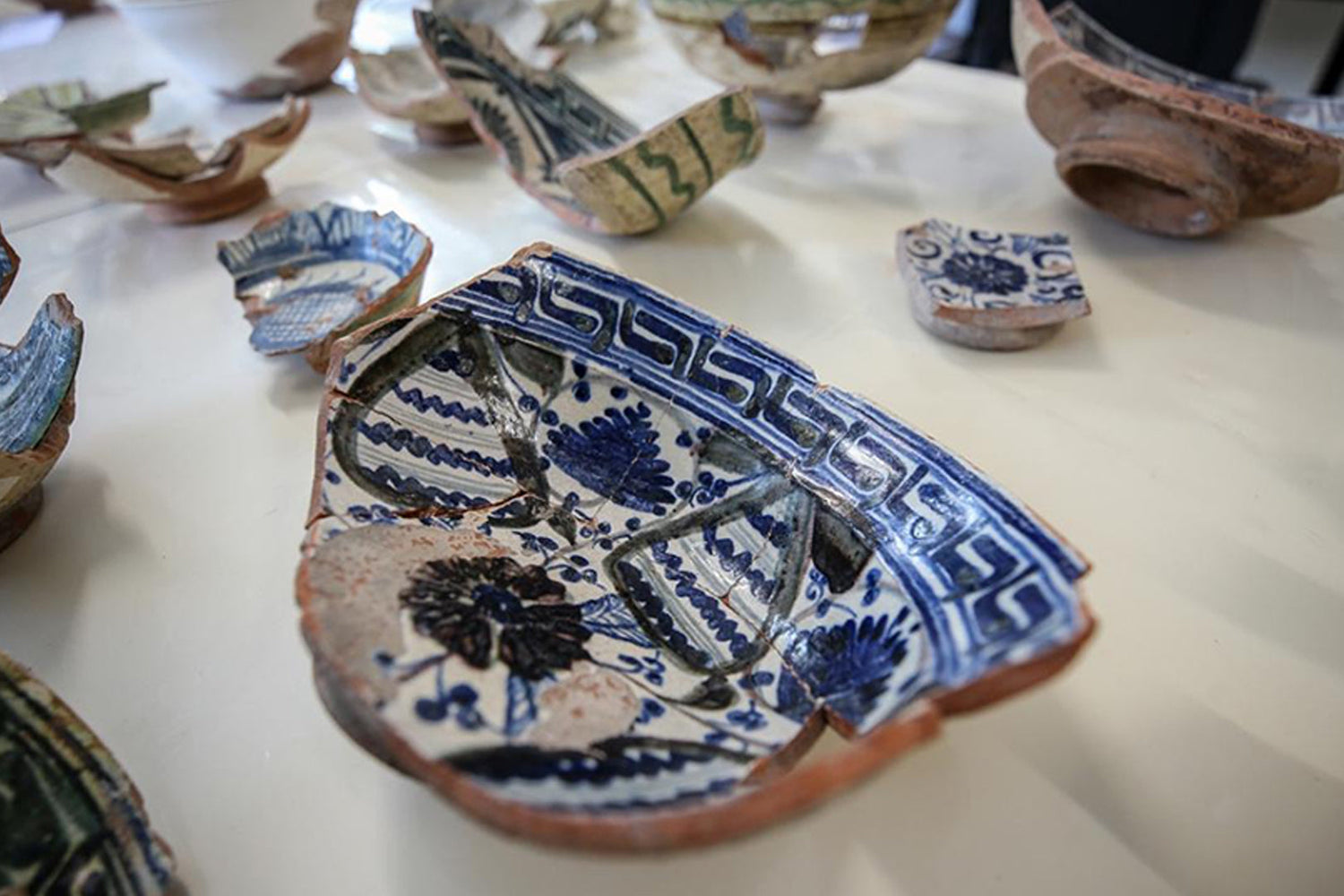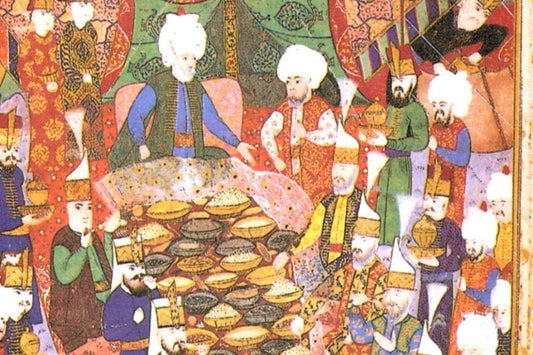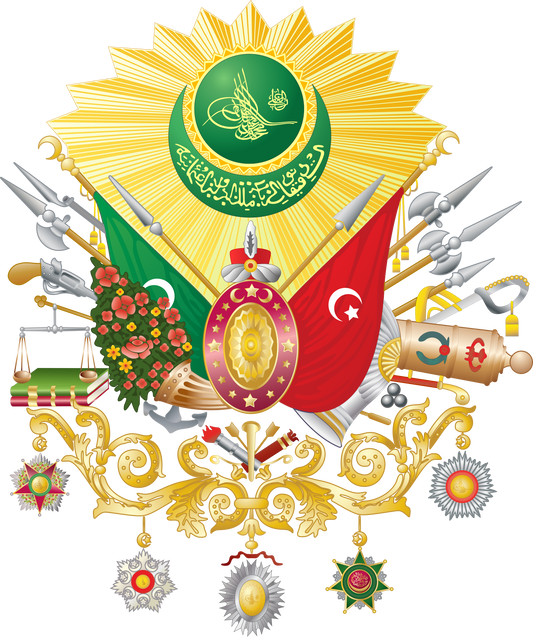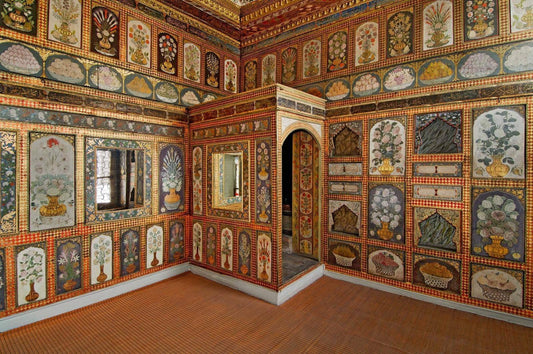The surviving examples of handicrafts from the Principalities and Early Ottoman periods appear to be simple and unadorned. Museums along our cultural routes generally exhibit archaeological finds dating back to the pre-Turkish period and ethnographic artifacts from the late Ottoman period. The limited number of ceramics, metal, carpets, and wooden artifacts dating from the 14th and 15th centuries suggests that Turkish museums should prioritize their Turkish-era collections. To gain an understanding of the handicrafts produced during the Principalities and Early Ottoman periods, a glance at the examples exhibited in Western Anatolian museums is sufficient.
Materials and chance finds unearthed in the excavations at Miletus, Beçin, Selçuk (Ephesus), İznik, and Edirne demonstrate that the ceramics of the Principalities and Early Ottoman periods differ from those of the Seljuks. The most common examples are those known as Milesian wares due to early excavation findings and publications. Later findings and research, particularly from İznik excavations, have revealed that these ceramics were made in İznik. Various examples of Milesian wares are exhibited in the Bursa and İznik museums. These red-paste ceramics, produced for everyday use, are decorated with cobalt blue, black, turquoise, and green floral patterns, rosettes, geometric shapes, and radial lines under a transparent, colorless, and sometimes turquoise-colored glaze.
Excavations in Western Anatolia have unearthed examples of Miletus ware ceramics, as well as examples using the 'sgraffito' technique, where abstract shapes are rendered with incised lines, or patterns created under a glaze using a paste-like paint called 'slip.' Abstract floral and geometric motifs were also used on these ceramics. The slip technique uses cream, blue, green, brown, or yellow motifs applied under a transparent, colorless glaze. The motifs are slightly raised.
The colors and patterns of the ceramic group known as blue-and-white due to their color, were also used on tile plates, as previously mentioned. The production centers for blue-and-white ceramics, produced in large quantities between the 15th and 16th centuries, were İznik and Kütahya. The clay of these high-quality blue-and-white ceramics is white and hard, like porcelain. The motifs of spring flowers, peonies, leaves, ivy, clouds, and abstract dragons, rendered under a transparent, colorless glaze, are reminiscent of 15th-century Ming-era Chinese porcelain. The pattern, drawn in shades of blue under a hard, high-quality transparent glaze, appears on a white background.
Various examples of blue-and-white ceramics are exhibited in the Iznik and Bursa museums. A rarer group of blue-and-white ceramics are those decorated with small, hooked leaves and spiral-shaped vines, also in black. These ceramics were once thought to have been produced along the Golden Horn in Istanbul, and are therefore called Haliç Work. Iznik is the center of production for the spiral-shaped blue-and-white ceramics, which were recovered in large quantities during the Iznik excavations. Some inscribed pieces also indicate that these ceramics were produced in Iznik. Various examples of Haliç Work ceramics are exhibited in the Iznik and Bursa museums.
Blue-and-white pieces found in the İznik excavations provide an idea of the various variations of these ceramics. Examples such as vases, goblets, cups, sugar bowls, plates, bowls, oil lamps, and numerous remains of tile kilns attest to İznik's position as a major production center. Inscriptions, decrees, and recovered pieces suggest that blue-and-white ceramics were also produced in Kütahya. Blue-and-white ceramic production continued in the classical Ottoman style with more realistic motifs in the 16th century. ("Early Ottoman Art: The Heritage of the Principalities," pp. 31-32)




